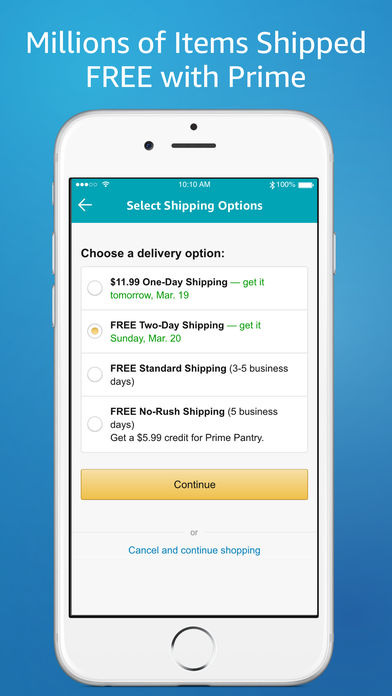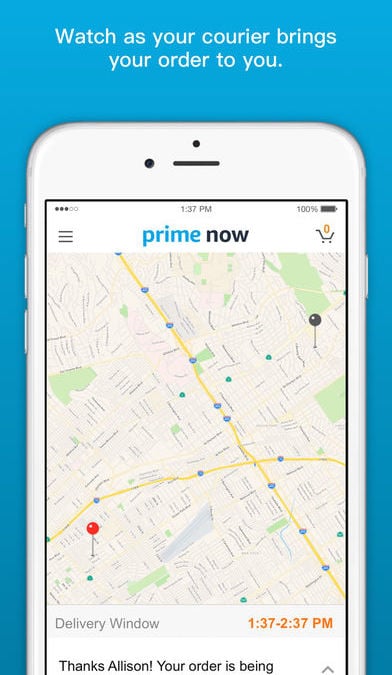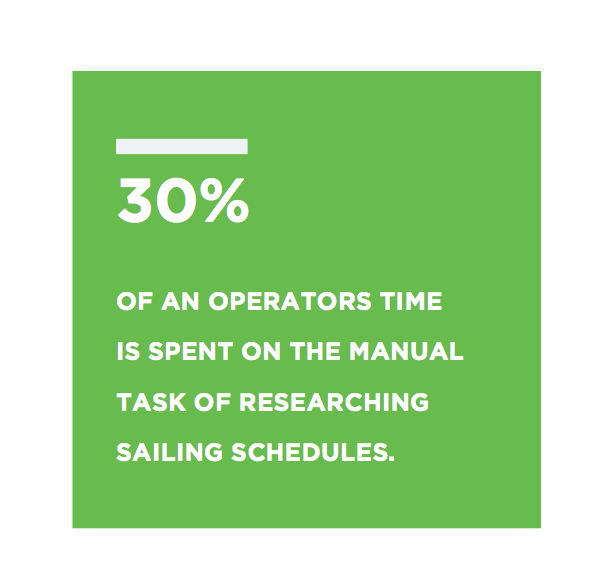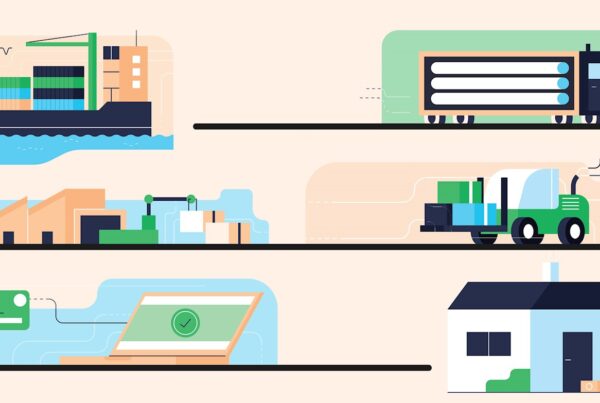2017 was a big year for the logistics industry, from Amazon’s continued expansion, putting pressure on retailers to solve last mile fulfillment challenges, to the continued growth of IoT, bringing us closer to a reality where blockchain is used in the shipping and logistics industry.
There is no doubt that the logistics industry is facing an era of unprecedented change. The implication for Logistics Service Providers (LSPs) is that they will be forced to either adapt away from the traditional models of simply moving freight or risk obsolescence.
Three Mindsets Logistics Providers Must Overcome
The team at Gravity Supply Chain Solutions conducted a research study to explore how medium-sized logistics providers are dealing with the current transformative environment. What we uncovered were three ways of thinking that must be overcome to evolve with the changing logistics environment and come out more competitive.
1. “Our customers aren’t asking for visibility, so we don’t need to offer it.”
25 percent of LSPs that participated in the study only considered offering full visibility to their customers after losing a major blue chip customer to a competitor that had offered that visibility.
Consumer expectations are changing – putting pressure on the consumer goods supply chain. There is no better illustration of this than Amazon. When shopping online, customers now expect the product they want to be in stock, lots of shipping options, little or no delivery cost, access to buyer reviews, price matching, and fast return options. Nearly all of these expectations have some impact on the supply chain.
 |
 |
| Source: itunes.apple.com |
What does this mean for logistics service providers? For LSPs servicing B2C companies, the implications are enormous. Heightened consumer expectations have sped up the pace of business, and disruptions to supply have greater consequences for customer loyalty and revenue now more than ever before.
Shippers are relying on visibility technology to help them see what’s happening in their supply chain in real-time. This visibility enables them to proactively address ‘issues’ before they become ‘critical problems.’ At the heart of real time visibility is data analytics to provide better transparency and predictability – a capability shippers are increasingly looking to their LSPs to offer, either through a visibility platform or a feature that can easily integrate with their existing systems.
2. “We are a shipping company, leave technology to somebody else.”
Okay sure, and Facebook is a media company and Amazon, a retail company. Technicalities aside, enterprises across all industry sectors are using technology to facilitate business transformation. Not only is it a way for LSPs to expand service offerings and increase customer satisfaction, but it’s also a way to improve efficiencies internally, resulting in greater profitability.
The efficiency improvements will come from the reduction of manual processes – which are costly because they’re time-consuming and humans make errors. For example, automating the process of researching and aggregating sailing schedules and freight rates can save at least 30 percent of a customer service operator’s time. Time savings opens up new doors for using talent resources in ways that will generate a greater ROI.

Beyond that, IoT and connectivity made considerable strides in 2017, which will only continue into the future. Shippers and LSPs are now able to bypass manual information sharing altogether by tracking shipments with RFID, GPS, and other hi-tech sensors – getting data directly from the source – making shipping more efficient and automated.
The key to getting started with IoT is having a visibility software in place so you can help your customers understand and make use of all the new data that gets generated from connected devices.
What’s the benefit? The number of shipments that require manual intervention decrease which means greater profitability per job, making you more competitive.
3. “Our customers don’t need to know what’s going on behind the scenes.”
This way of thinking is for the dinosaurs. Customer expectations for increased transparency are growing alongside demand for greater speed and flexibility. These customer demands and expectations will continue to be a significant talking point for parties across the entire supply chain, and this isn’t a surprise if you consider that one of the downsides of outsourcing logistics is a perceived lack of control; the price businesses have to pay in exchange for the efficiency and cost savings of working with LSPs. The most competitive LSPs will be proactive, knowing what customer service issues clients care about, and helping them to get a greater sense of oversight and control regarding these issues.
The bottom line
The bottom line is customer expectations are increasing significantly, and new technologies are fundamentally changing the industry. Existing business models will get tested and called into question. If you come across these mindsets in your business, you are at risk of being left behind.





